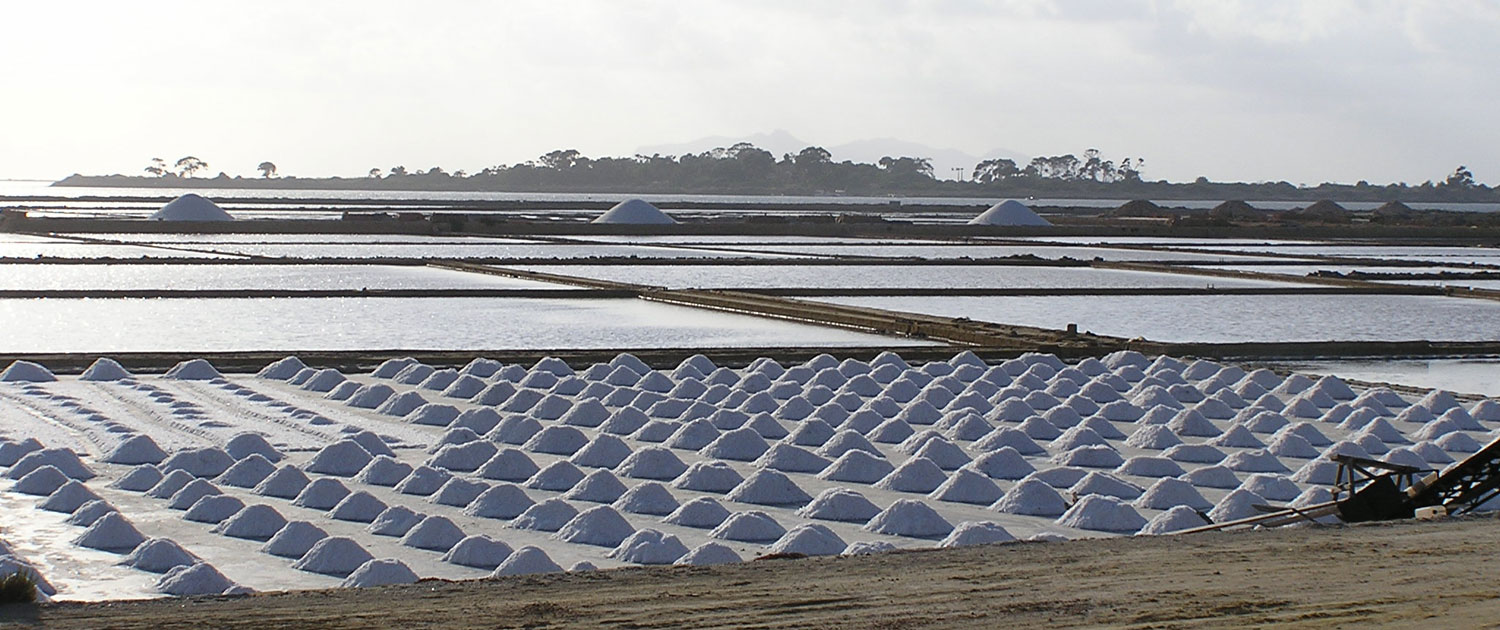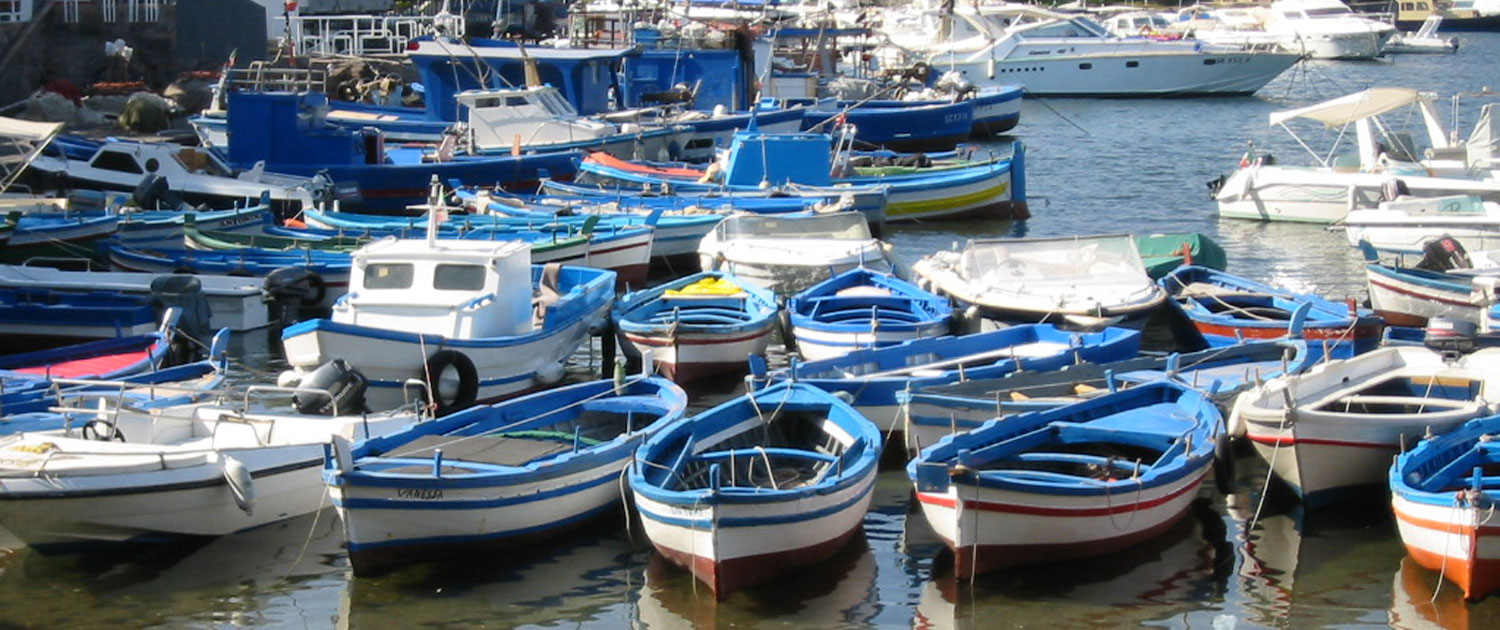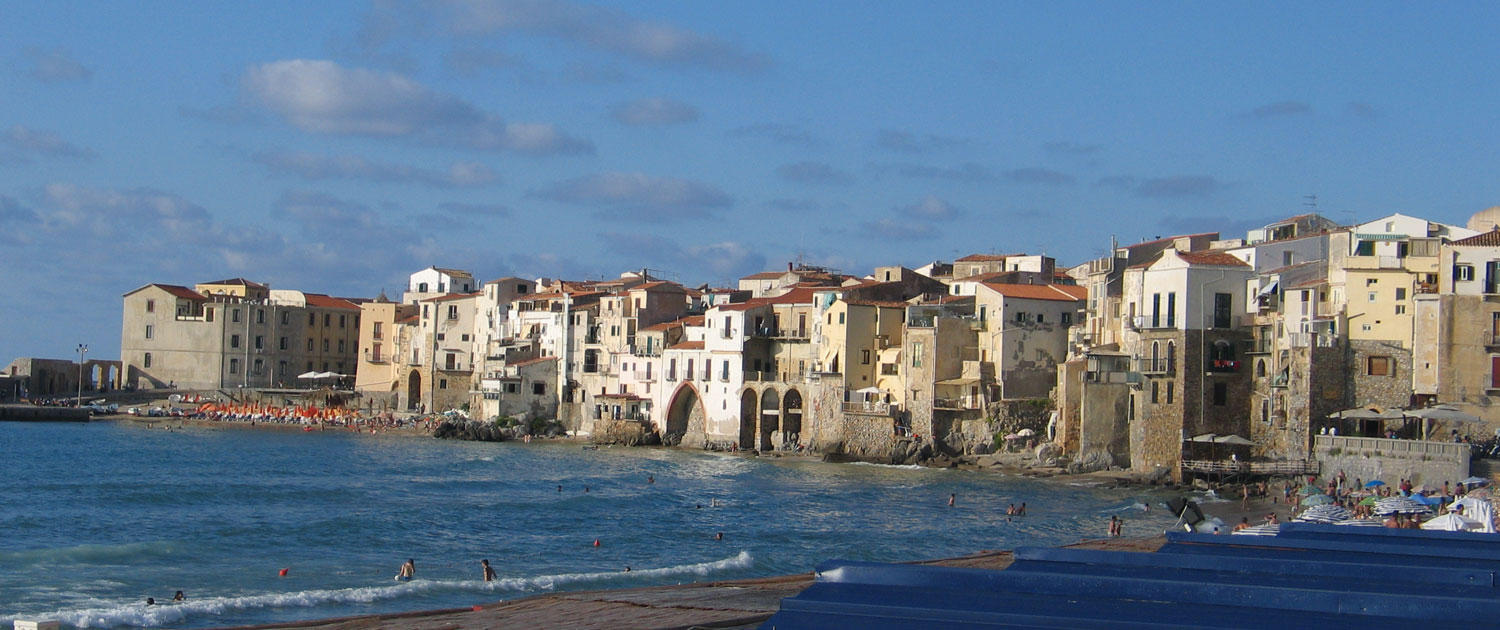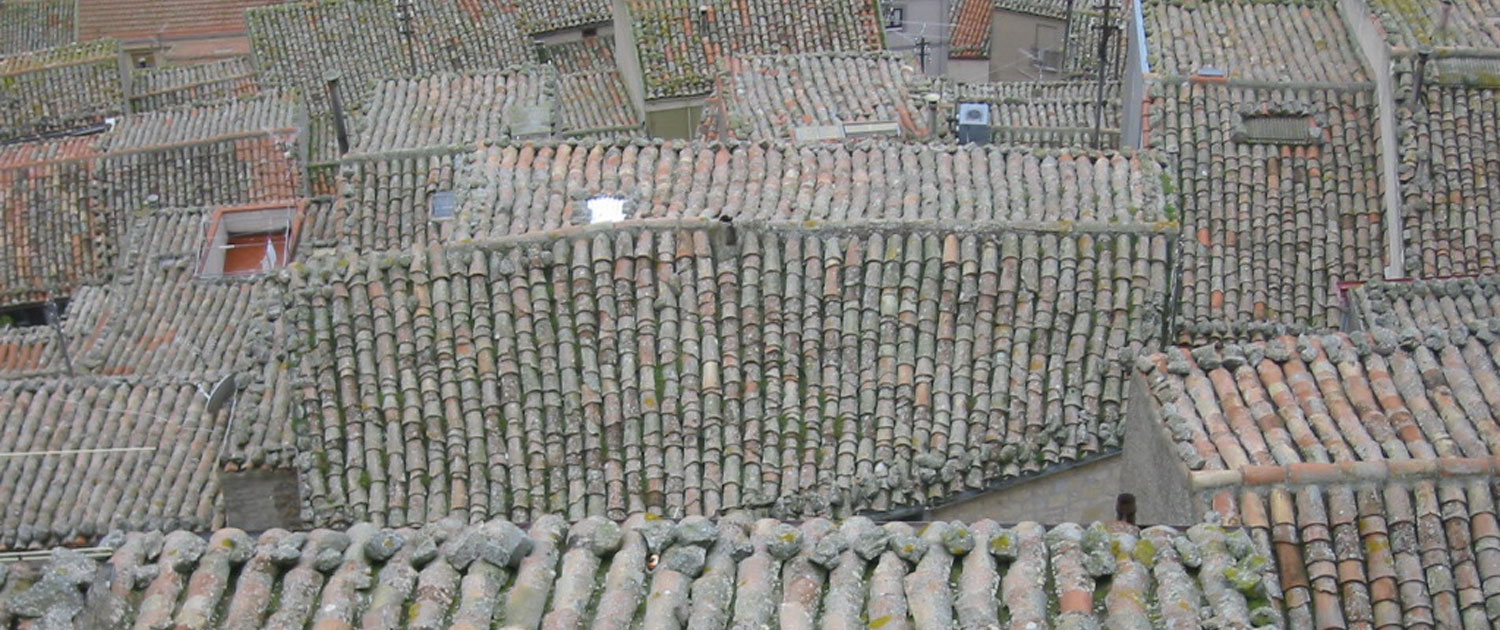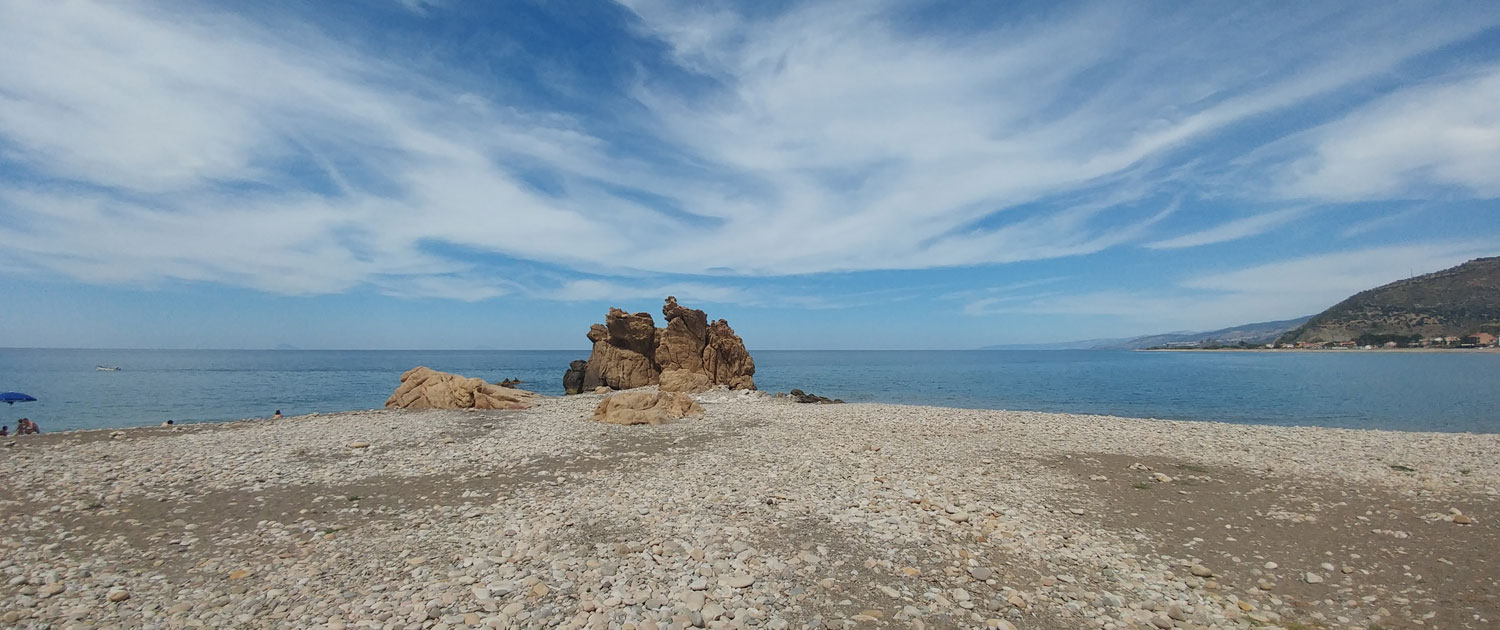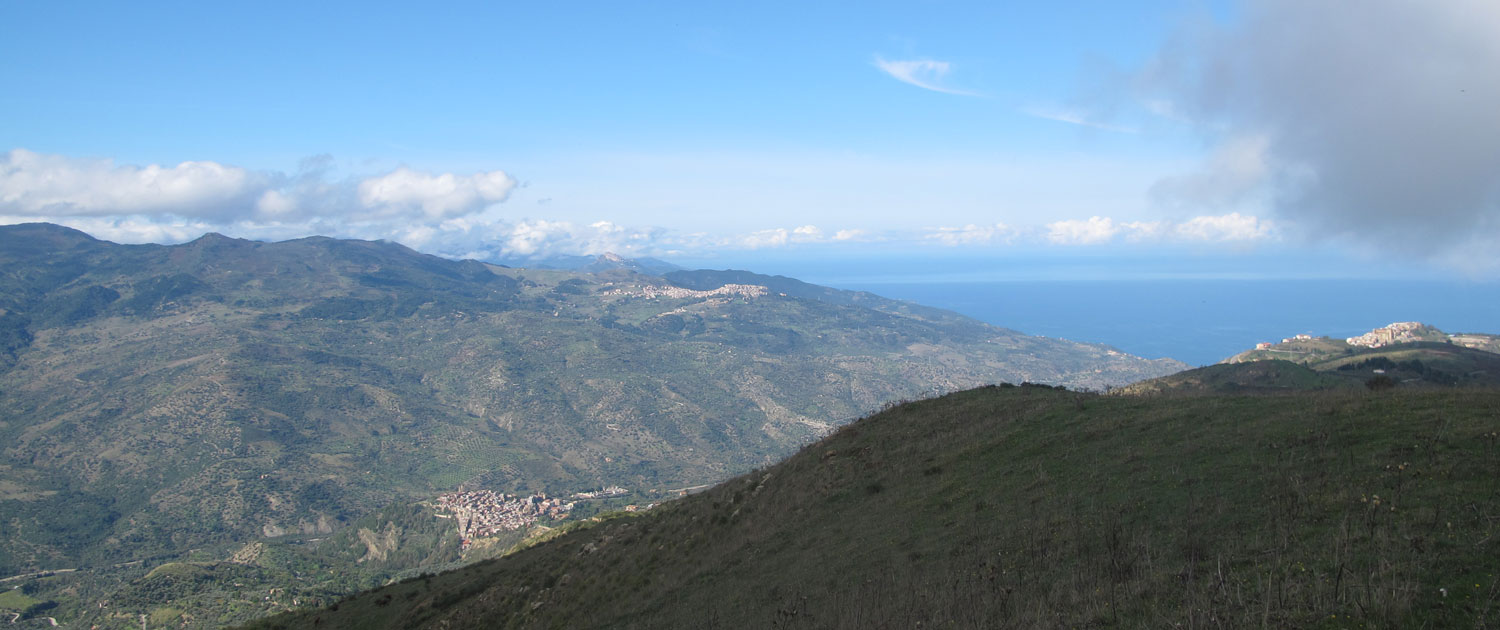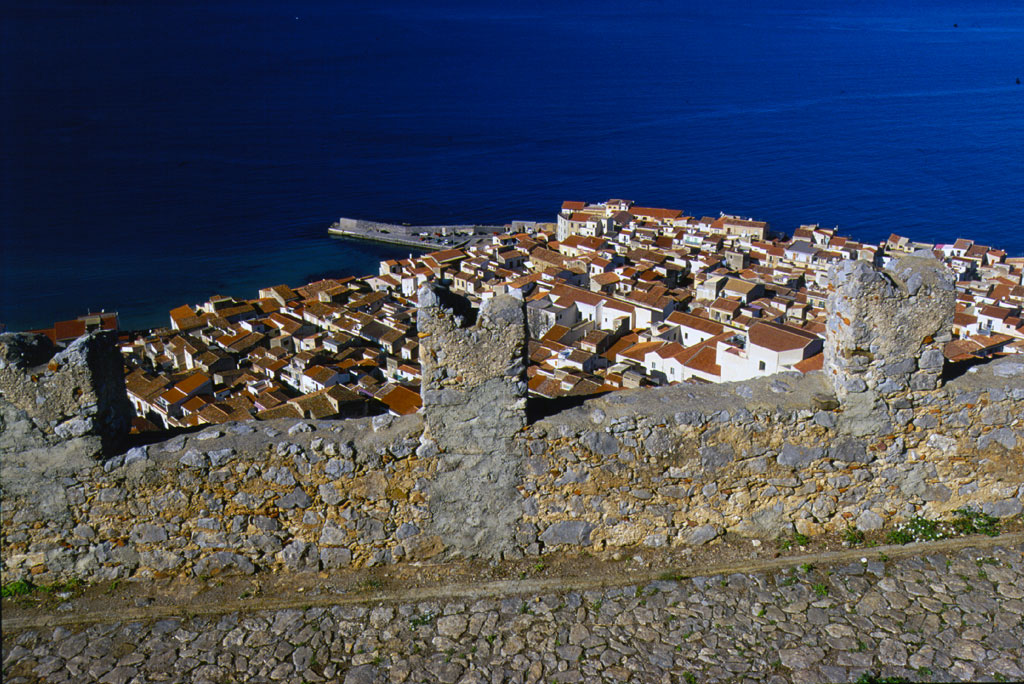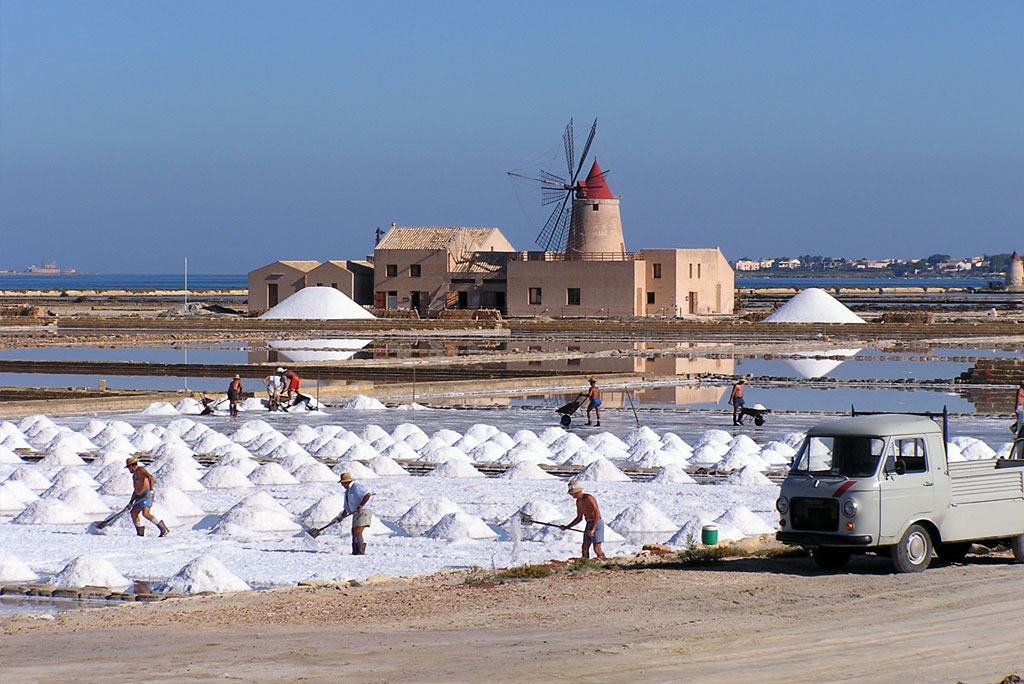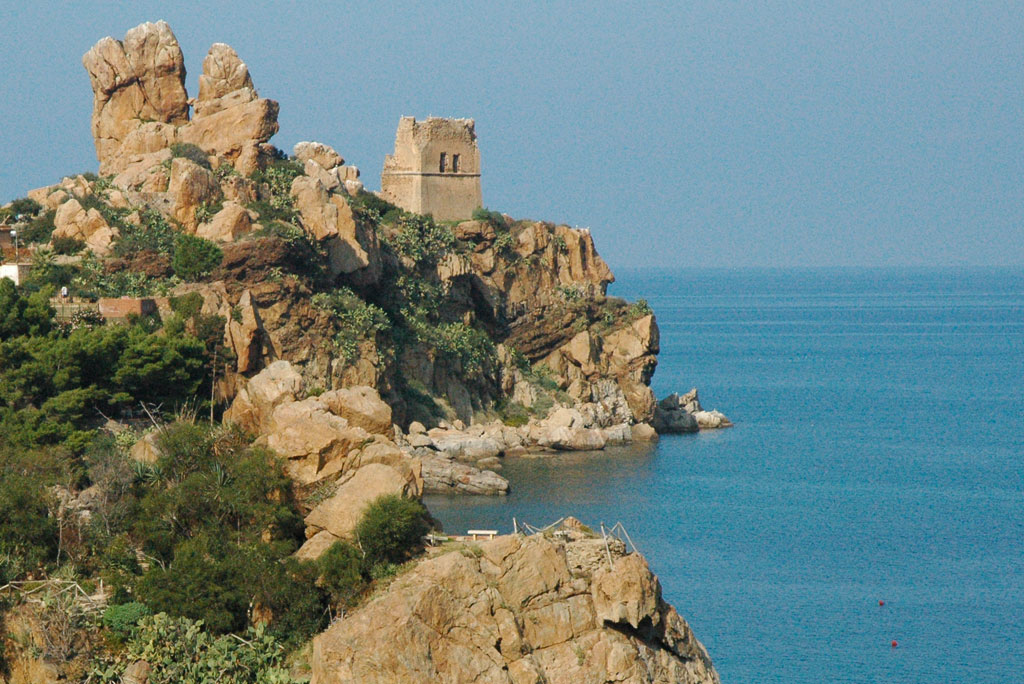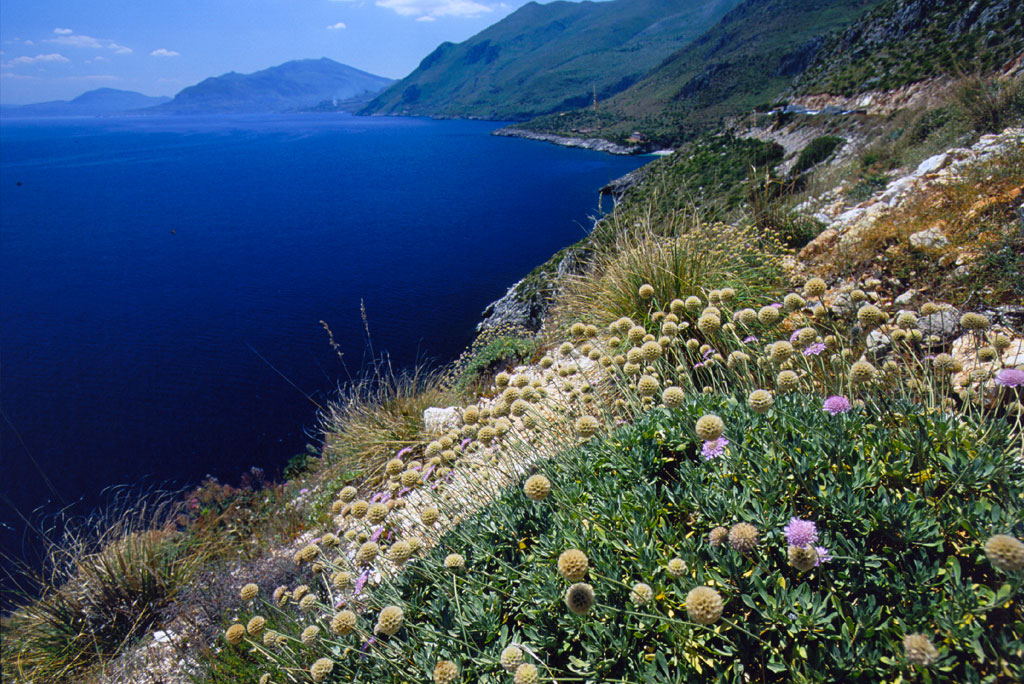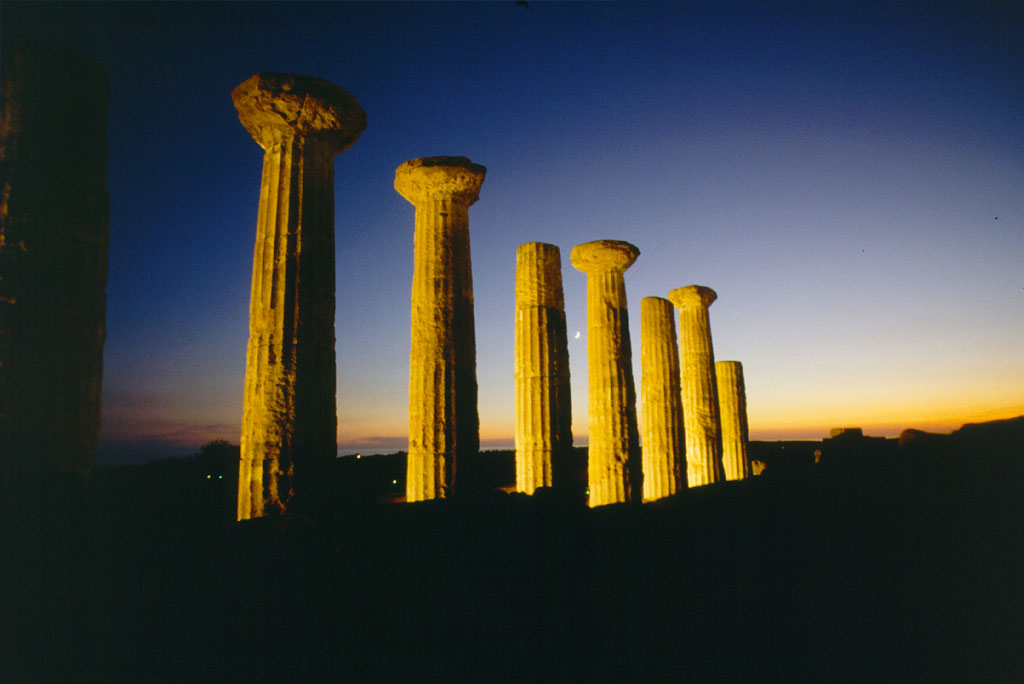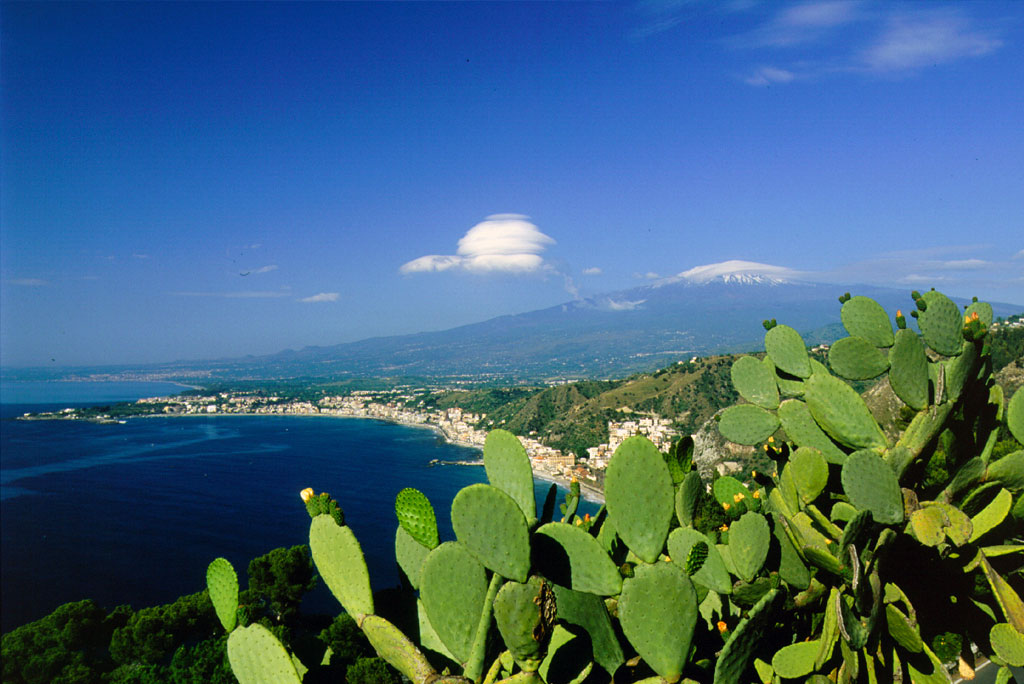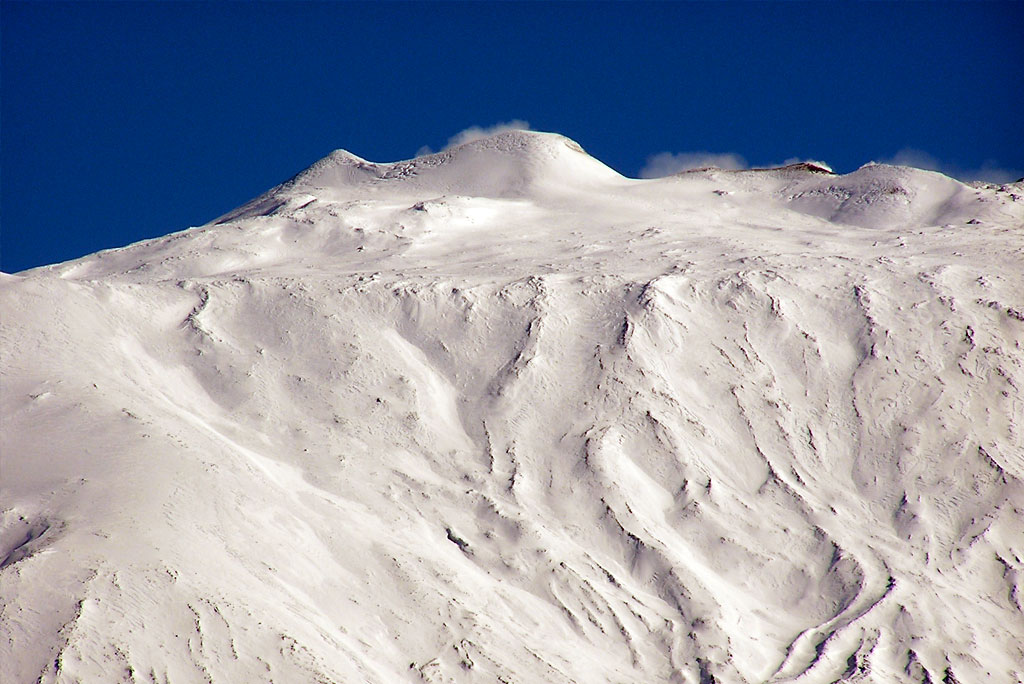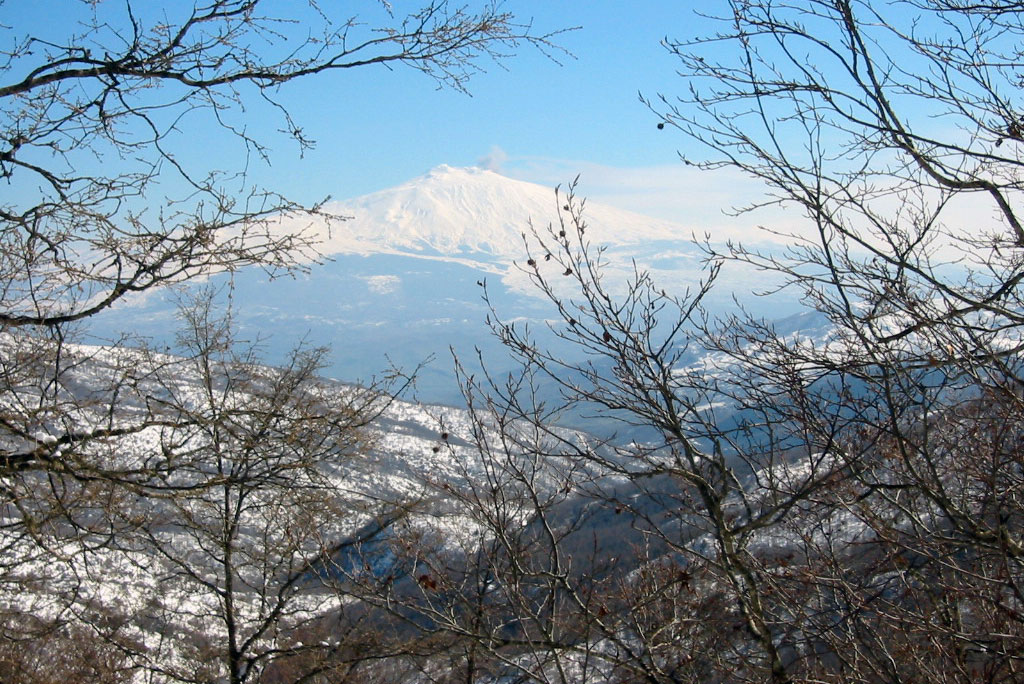Surroudings
The surroudings
The old wheat way: in the past Romans considered Sicily as one of the most important wheat and wood suppliers; large forests and wheat fields covered the island; after the harvest those products were stored in strategic locations and from there shipped to Rome. One of the most important harbour was Halaesa (5); the ruins of this old city are preserved in the archeological site of Halaesa, about 10 km away from Casa Migliaca. To reach it follow SS113 driving in direction of Palermo for 1 km and turn left on the road leading to Tusa. After about 3 Km you’ll find the archeological site. For the same purpose towers intended to store wheat had been built; one of these, Torre Migaido (6) is in perfect conditions and still used but for different purpose. It is sited only 7 km away from Casa Migliaca direction Castel di Lucio; from there is possible to visit a local farm with a daily production of cheeses. The shortest way to reach the large wheat fields of central Sicily is going toward and past the town of Castel di Lucio and after a few km turning on the right side on a bumped road leading to Gangi and S. Mauro Castelverde through Passo di Malopasseto; from the saddle (passo) (7) is possible to admire the landascape characterized with wheat fields.
– Fiumara d’arte: in recent times Tusa valley has been the subject of a controversial initiative of a local contractor with Maecenas ambitions. He has invited artists from all over the world and sponsored the building of some sculptures. All the sculptures are visible and are located a few km away from Casa Migliaca:
Towns and Villages around
– Pettineo: a small town of 1.600 inhabitants, on its territory lies Casa Migliaca; cosy neat and trim, the buit-up area is located around the ruins of the old castle; dense of steep narrow streets with citrus trees growing in the small garden of the houses. Should be taken a walk along lanes and courtyards of its medieval centre to discover beautiful landscapes among steeples and monastery and local people always sociable and open to foreigners.
– Mistretta: a middle ages town perfectly preserved which maintain the original architectural characters and somehow the lifestyle… a must to visit. Mistretta is sited 16 km away from Casa Migliaca; 200 m past the town of Pettineo toward SS113 turn right and climb to Motta d’affermo and keep going on the same way (30 min).
– S.Stefano di Camastra: pleasent town on the Tyrrhenian coast; it is well known for the Art school of ceramics and numerous ceramics factories and a variety of shops on its main road. 14 km away from Casa Migliaca, reach SS113 and turn right direction Messina (20 min).
– Cefalù: the most touristic town of the area, features a Norman- Arabian style. The musts are: the Cathedral, the Lavatory, Mandralisca museum and for the most willing a climb on the rock to the Diana temple and the summit. The town lies about 30 km from Casa Migliaca on the SS113 in direction of Palermo (40 min).
– Pollina: the anfiteatro and a peculiar geographic location on a very steep hill make it worth to be visited. 25 km from Casa Migliaca, follow SS113 direction Palermo and turn left at Finale di Pollina according to indication to Pollina. (40 min). Castelbuono, Geraci Siculo, Petralia Soprana e Sottana and Polizzi Generosa are all interesting middle ages towns on the Madonie mountains (40 min – 1,5 hours).
– Sperlinga: a Castle digged in a big rock, troglodytes houses and new houses with basements in the rock: unique. 40 km away from Casa Migliaca is reachable from Mistretta and farther on toward Nicosia or from Castel di Lucio, toward Gangi and then SS120. Old Gangi: a few km away from Sperlinga.
– Tindari: the Monastery and the black Madonna are still pilgrims destinations. About 100 km direction Messina on the A20 exit Falcone (1,2 hours).

